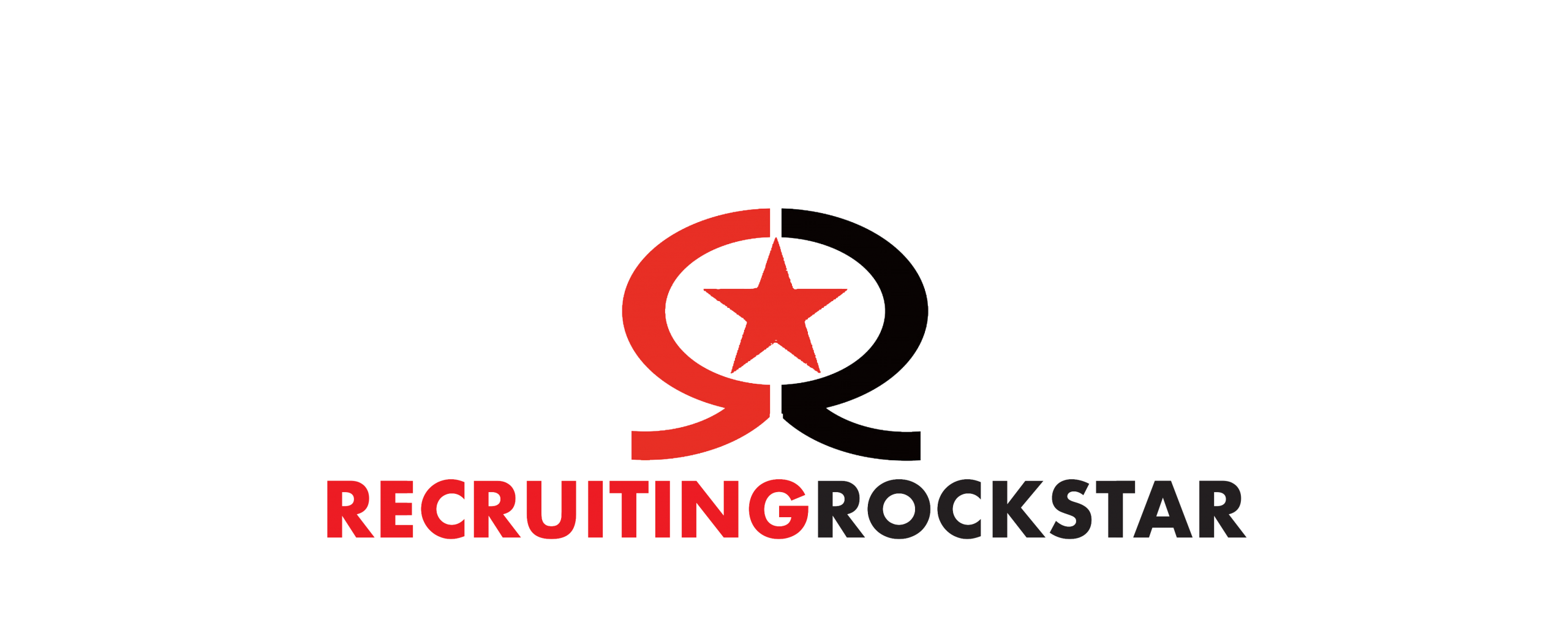11 Dec 10 steps to your resume

Telling Your Story in 10 steps
1. Don’t Put Everything on There
Your resume should not have every work experience you’ve ever had listed on it. Think of your resume not as a comprehensive list of your career history, but as a marketing document selling you as the perfect person for the job. For each resume you send out, you’ll want to highlight only the accomplishments and skills that are most relevant to the job at hand (even if that means you don’t include all of your experience). Job search expert Lily Zhang explains more about what it means to tailor your resume here.
2. But Keep a Master List of All Jobs
Since you’ll want to be swapping different information in and out depending on the job you’re applying to, keep a resume master list on your computer where you keep any information you’ve ever included on a resume: old positions, bullet points tailored for different applications, special projects that only sometimes make sense to include. Then, when you’re crafting each resume, it’s just a matter of cutting and pasting relevant information together. Think of this as your brag file.
3. Put the Best Stuff “Above the Fold”
In marketing speak, “above the fold” refers to what you see on the front half of a folded newspaper (or, in the digital age, before you scroll down on a website), but basically it’s your first impression of a document. In resume speak, it means you should make sure your best experiences and accomplishments are visible on the top third of your resume. This top section is what the hiring manager is going to see first—and what will serve as a hook for someone to keep on reading. So focus on putting your best, most relevant experiences first—and then check out these five other marketing tricks to get your resume noticed.
4. Ditch the Objective Statement
According to Zhang, the only occasion when an objective section makes sense is when you’re making a huge career change and need to explain from the get-go why your experience doesn’t match up with the position you’re applying to. In every other case? Consider whether a summary statement would be right for you—or just nix it altogether to save space and focus on making the rest of your resume stellar.
5. Keep it (Reverse) Chronological
There are lots of different ways to organize the information on your resume—like the functional resume or combination resume—but the good old reverse chronological (where your most recent experience is listed first) is still your best bet. Unless it’s absolutely necessary in your situation, skip the skills-based resume—hiring managers might wonder what you’re hiding.
6. Keep it to a Page
The two- (or more!) page resume is a hotly debated topic, but the bottom line is this—you want the information here to be concise, and making yourself keep it to one page is a good way to force yourself to do this. If you truly have enough relevant and important experience, training, and credentials to showcase on more than one page of your resume, then go for it. But if you can tell the same story in less space? Do. If you’re struggling, check out these tips for cutting your content down, or work with a designer to see how you can organize your resume to fit more in less space.
7. Consider an Online Supplement
Can’t figure out how to tell your whole story on one page, or want to be able to include some visual examples of your work? Instead of trying to have your resume cover everything, cover the most important details on that document, and then include a link to your personal website, where you can dive more into what makes you the ideal candidate.
8. Keep it Simple
We’ll talk about getting creative in order to stand out in a minute. But the most basic principle of good resume formatting and design? Keep it simple. Use a basic but modern font, like Helvetica, Arial, or Century Gothic. Make your resume easy on hiring managers’ eyes by using a font size between 10 and 12 and leaving a healthy amount of white space on the page. You can use a different font or typeface for your name, your resume headers, and the companies for which you’ve worked, but keep it simple and keep it consistent. No matter what resume format you choose, your main focus here should be on readability for the hiring manager. That being said, you should feel free to…
9. Carefully Stand Out
Really want your resume stand out from the sea of Times New Roman? Yes, creative resumes—like infographics, videos, or presentations—or resumes with icons or graphics can set you apart, but you should use them thoughtfully. If you’re applying through an ATS, keep to the standard formatting without any bells and whistles so the computer can read it effectively. If you’re applying to a more traditional company, don’t get too crazy, but feel free to add some tasteful design elements or a little color to make it pop. No matter what, don’t do it unless you’re willing to put in the time, creativity, and design work to make it awesome.
10. Make Your Contact Info Prominent
You don’t need to include your address on your resume anymore (really!), but you do need to make sure to include a phone number and professional email address (not your work address!) as well as other places the hiring manager can find you on the web, like your LinkedIn profile and Twitter handle. (Implicit in this is that you keep these social media profiles suitable for prospective employers.)


Sorry, the comment form is closed at this time.